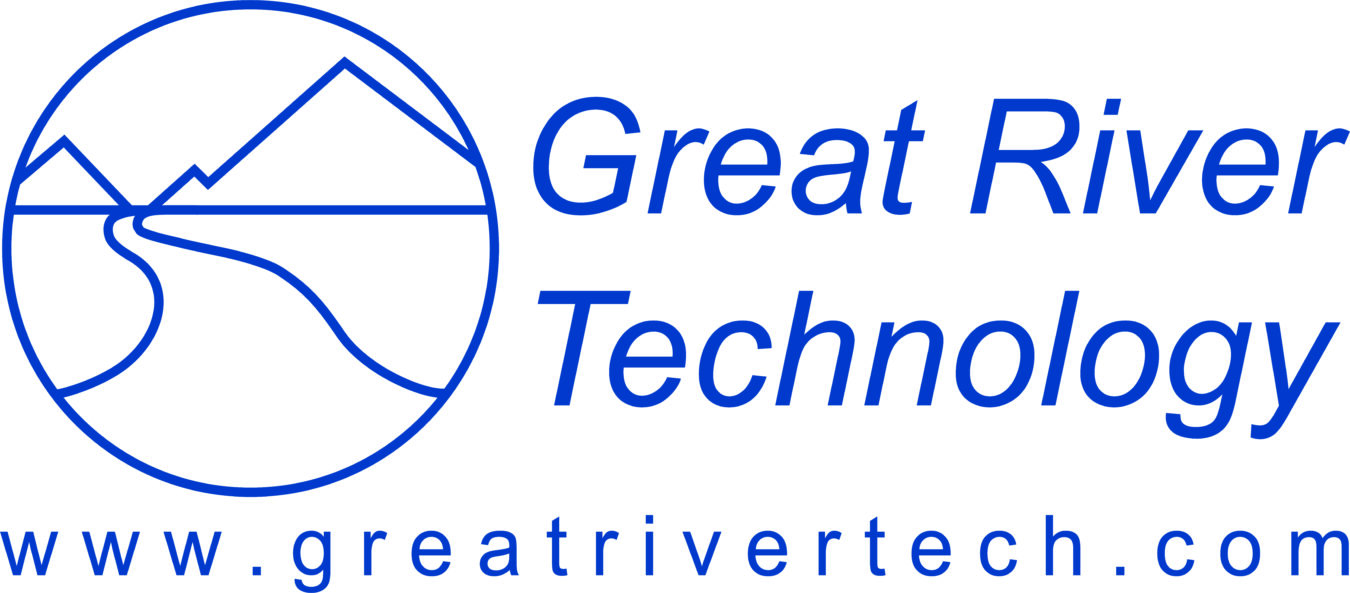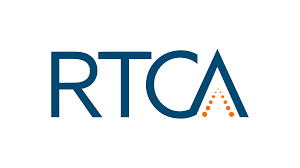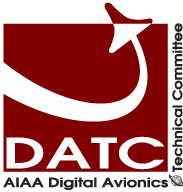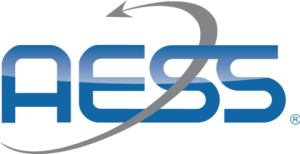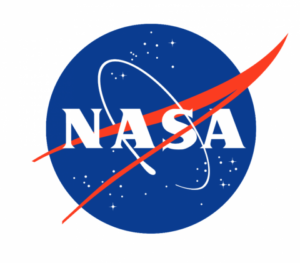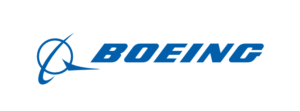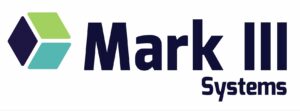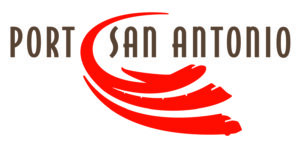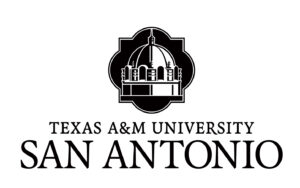Archives: Affiliates
We believe aircraft should fly themselves.
Advanced automation will make aircraft safer, more available, more affordable and fundamentally transformative to the way goods and people move around the planet.
Starting with a certification-forward approach, Reliable Robotics first demonstrated gate-to-gate fully automated operation of a Part 23 aircraft and is now working towards commercialization of technologies for Part 23 cargo and Part 25 passenger vehicles.
The National Aeronautics and Space Administration is America’s civil space program and the global leader in space exploration. The agency has a diverse workforce of just under 18,000 civil servants, and works with many more U.S. contractors, academia, and international and commercial partners to explore, discover, and expand knowledge for the benefit of humanity. With an annual budget of $23.2 billion in Fiscal Year 2021, which is less than 0.5% of the overall U.S. federal budget, NASA supports more than 312,000 jobs across the United States, generating more than $64.3 billion in total economic output (Fiscal Year 2019).
At its 20 centers and facilities across the country – and the only National Laboratory in space – NASA studies Earth, including its climate, our Sun, and our solar system and beyond. We conduct research, testing, and development to advance aeronautics, including electric propulsion and supersonic flight. We develop and fund space technologies that will enable future exploration and benefit life on Earth.
NASA also leads a Moon to Mars exploration approach, which includes working with U.S. industry, international partners, and academia to develop new technology, and send science research and soon humans to explore the Moon on Artemis missions that will help prepare for human exploration of the Red Planet. In addition to those major missions, the agency shares what it learns so that its information can make life better for people worldwide. For example, companies use NASA discoveries and technologies to create new products for the public. To ensure future success for the agency and the nation, NASA also supports education efforts in STEM with an emphasis on increasing diversity in our future workforce.
The Enterprise Full Stack Partner
Full stack can mean different things to a lot of different people — anything from pancakes (our favorite!), to developers, to enterprise tech stacks of all kinds.
For Mark III and how we envision the channel partner of the future, we extend the concept of “full stack” into describing how we’ve organically built our unique organization over the past few years to help enterprises, institutions, and service providers succeed and thrive in the era of digital transformation.
In a world where open source “everything” has enabled virtually thousands more combinations of IT infrastructure and software stacks that can be composed and integrated together to build out key services for your customers and workforce, it’s important not only to understand IT infrastructure technologies and software capabilities, but also how to “glue” them together with great code, automation, and design.
It’s in response to this dynamically shifting need from clients and partners as to why Mark III has evolved our team to a full stack approach to incorporate data scientists, developers, DevOps, and system architects and engineers.
Boeing is the world’s largest aerospace company and leading manufacturer of commercial jetliners, defense, space and security systems, and service provider of aftermarket support. As America’s biggest manufacturing exporter, the company supports airlines and U.S. and allied government customers in more than 150 countries. Boeing products and tailored services include commercial and military aircraft, satellites, weapons, electronic and defense systems, launch systems, advanced information and communication systems, and performance-based logistics and training.
Port San Antonio, also known as Tech Port San Antonio, is a unique industrial platform and commercial site where innovative technological solutions are being delivered to some of the world’s largest industries, including:
- Aerospace
- Energy
- Defense
- Cybersecurity
- Medicine
- Manufacturing
- Supply-chain logistics
- Transportation
Computing and Cyber Security Department, Texas A&M University – San Antonio.
The mission of the Department of Computing and Cyber Security is to support the development of comprehensive computer science, cyber security and information systems education and research programs. These programs prepare students for careers in cyber security, computing, and information systems. The courses include experiential learning components which allow the students to gain practical hands-on knowledge, skills and experience in the current tools of cyber security and computing.
The university is designated as a NSA Center for Excellence in Cyber Defense Education (CDE). The certificate requirements are built into the curriculum of several degree programs – with the result that graduates of those programs are skilled and trained in current industry requirements of cyber security. The department offers a BS in cyber security, a BBA and BAAS degrees with concentrations in cyber security and an MS in Computer Science with a track in cyber security. Most courses are offered online to allow industry and military students to take courses at their own pace. The department also offers certificates in Data Analytics and Mobile Computing.
The programs and certificates prepares students for careers such as: Information Security Analyst, Penetration Tester, Cyber security Architect, Cyber security Software Developer/Engineer, Risk Assessment Analyst, Cyber Forensics Analyst. Topics of study include the cyber security of networks, storage, software, hardware, firmware, cloud, IoT, embedded systems, mobile systems, cyber physical systems, and others.







